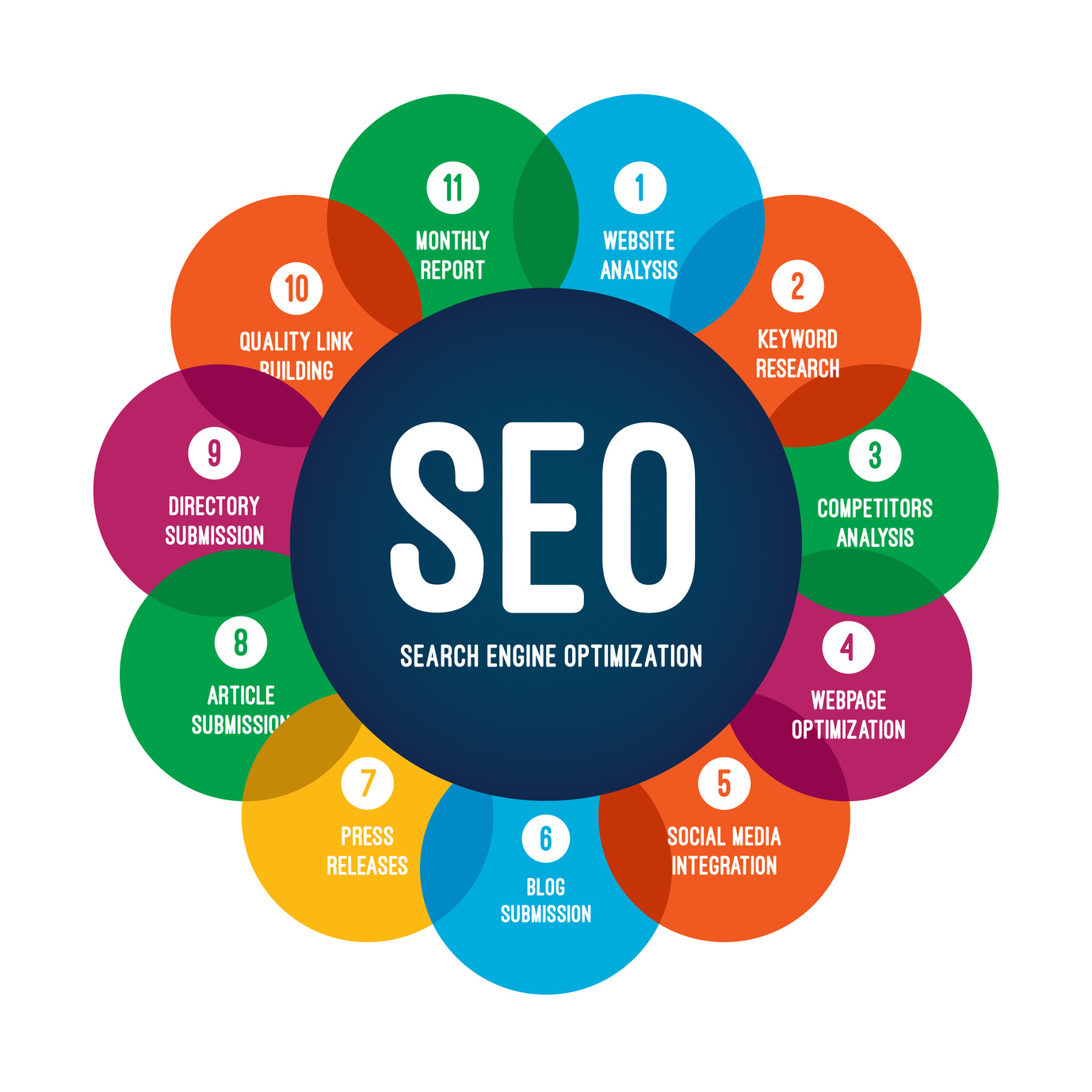
In the ever-evolving world of digital marketing, one strategy has proven to be a game-changer: incremental improvement. This concept, rooted in agile methodologies and continuous refinement, is especially powerful when applied to blogging. Whether you’re a seasoned content creator or just starting out, understanding how to implement incremental improvement can transform your blog from a static resource into a dynamic, high-performing asset.
This article will guide you through the principles of incremental improvement for blogging, showing you how to consistently refine your content, boost engagement, and improve SEO performance over time. By the end, you’ll have a clear roadmap for making small but impactful changes that compound into long-term success.
What Is Incremental Improvement for Blogging and Why It Matters
Incremental improvement refers to the practice of making small, continuous changes to your content, processes, and strategies to achieve better results over time. In the context of blogging, this means regularly revisiting and refining existing posts rather than creating new content from scratch every time.
This approach aligns with the agile methodology used in software development and product management, where teams focus on iterative progress instead of waiting for perfect outcomes. For bloggers, it means embracing a mindset of constant learning, testing, and optimization.
Why does this matter in 2025? Search engines like Google are increasingly prioritizing content that evolves with user needs and industry trends. A single well-optimized post isn’t enough anymore; your content must adapt to stay relevant. Incremental improvement ensures your blog remains a valuable resource, driving traffic, engagement, and conversions over time.
How Incremental Improvement Impacts SEO Performance
Incremental improvement directly affects several key SEO metrics:
- Dwell Time: When you update a post with fresh insights or additional data, readers spend more time on your page, signaling to search engines that your content is valuable.
- Engagement Rates: Regular updates keep your audience coming back, increasing social shares, comments, and other signals that boost your rankings.
- Content Authority: As you refine your posts, you build authority in your niche. Search engines reward consistent, high-quality content with higher visibility.
- Keyword Relevance: By updating content with new keywords and topics, you ensure your posts remain aligned with current search trends.
This ties into broader SEO concepts like E-E-A-T (Experience, Expertise, Authoritativeness, Trustworthiness) and Search Intent Alignment. A post that’s updated to reflect new information or address evolving user queries demonstrates expertise and relevance, which are critical for ranking well.
Step-by-Step Implementation Framework for Incremental Improvement
To effectively apply incremental improvement to your blogging strategy, follow this structured process:
-
Define or Audit the Current Situation
Begin by evaluating your existing content. Use tools like Ahrefs, SEMrush, or Google Analytics to identify underperforming posts, outdated information, or pages with low engagement. Create a list of posts that could benefit from updates. -
Apply Tools, Methods, or Tactics
- Update Content: Add new data, statistics, or case studies to improve value.
- Optimize On-Page SEO: Revise titles, meta descriptions, headers, and internal linking.
- Enhance User Experience: Improve formatting, add images, or include interactive elements like infographics or videos.
-
Repurpose Content: Turn long-form posts into shorter formats (e.g., social media posts, email newsletters).
-
Measure, Analyze, and Optimize
After making improvements, track the impact using analytics tools. Monitor metrics like page views, bounce rate, time on page, and conversion rates. Use A/B testing to compare different versions of your content and determine what works best.
Real or Hypothetical Case Study

Let’s consider a hypothetical example: a fitness blog that publishes an article titled “10 Best Home Workouts for Weight Loss.” Initially, the post receives moderate traffic but has a high bounce rate.
The team decides to implement incremental improvements:
– They add a downloadable workout plan.
– They update the article with recent research on home workouts.
– They optimize the title and meta description for better click-through rates.
– They repurpose parts of the content into a video series and social media posts.
Over six months, the post sees a 150% increase in traffic, a 40% reduction in bounce rate, and a 25% rise in newsletter sign-ups. The blog also gains authority in the fitness niche, leading to more backlinks and improved rankings.
Tools and Techniques for Incremental Improvement
Here are some modern tools that can help you implement incremental improvement effectively:
- SurferSEO – For keyword clustering and semantic scoring to ensure your content is optimized for both users and search engines.
- Grammarly – To enhance clarity and readability of your content.
- Google Analytics & Search Console – To track performance and identify areas for improvement.
- Ahrefs or SEMrush – For competitor analysis and keyword research.
- Canva or Adobe Express – To create visually appealing graphics and infographics for content enhancement.
Future Trends and AI Implications
As AI continues to shape the future of content creation, incremental improvement becomes even more crucial. With tools like ChatGPT and other AI-powered platforms, bloggers can now generate initial drafts quickly, but the real value lies in refining and optimizing those drafts over time.
AI can also help automate parts of the incremental improvement process, such as suggesting content updates based on user behavior or identifying gaps in your content strategy. However, human oversight is still essential to ensure quality, relevance, and alignment with your brand voice.
Looking ahead, the ability to continuously iterate on content will separate top performers from the rest. Embrace AI as a tool, not a replacement, and focus on making small, meaningful improvements that resonate with your audience.
Key Takeaways
- Incremental improvement is about making small, consistent changes to your content over time, leading to significant long-term gains.
- It enhances SEO performance by improving dwell time, engagement, and content authority.
- A structured approach—audit, update, measure—is essential for effective implementation.
- Tools like SurferSEO, Grammarly, and Google Analytics are invaluable for tracking and optimizing your efforts.
- The future of blogging will be shaped by AI, but human creativity and refinement will always play a vital role.
Start today by identifying one piece of content to update. Make it better, more engaging, and more valuable. Then repeat the process. Over time, these small steps will lead to big results.
Meta Title: How to Use Incremental Improvement for Blogging: Boost Your Content Strategy Over Time
Meta Description: Learn how to use incremental improvement for blogging to boost your content strategy over time. Discover actionable steps to refine your posts and improve SEO performance.
SEO Tags (5): incremental improvement, content strategy, SEO blogging, blog optimization, content marketing
Internal Link Suggestions: Parameter #8: Agile Content Creation, Parameter #12: Content Marketing Benchmarks, Parameter #5: SEO Keyword Research
External Source Suggestions: Hubspot, Content Marketing Institute, Search Engine Journal









